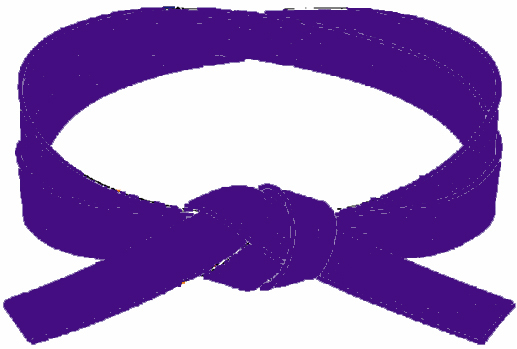Shikaku (Eligibility Requirements)
To be eligible to test for hachikyū, a candidate must meet all of the eligibility requirements listed below:
| n | A minimum of five (5) months training in Shimabukuro-ha Shitō-Ryū karate-dō | |
| n | Participate in a minimum of twenty-five (25) one-hour karate training classes since promotion to kyūkyū. |
| n | Own and wear a karate-gi that conforms to Seishin-Kan standards | |
| n | Consistently exhibit appropriate attitude and behaviour in the dōjō | |
| n | Submit a written request for promotion testing on the prescribed form |
>back to top


